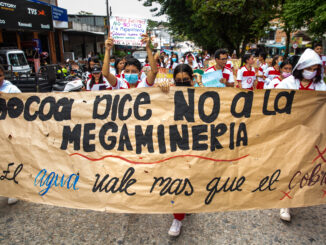
Pan Africanism in the Sahel Region
Dr. Gnaka Lagoke Burkina Faso Captain Ibrahim Traore, Symbol of the Global Pan-African Resistance: Keys to Understand the Phenomenon Pan-Africanism, defined as the spirit of unity and solidarity of Africa and its peoples, has been claiming several victories. Whether through a popular uprising that brought officers to power as in Mali (2021), or by a military coup as in Burkina Faso (2022), or through a palace revolution as in Niger (2023), or by an election as in Senegal (2024), Pan-Africanism






